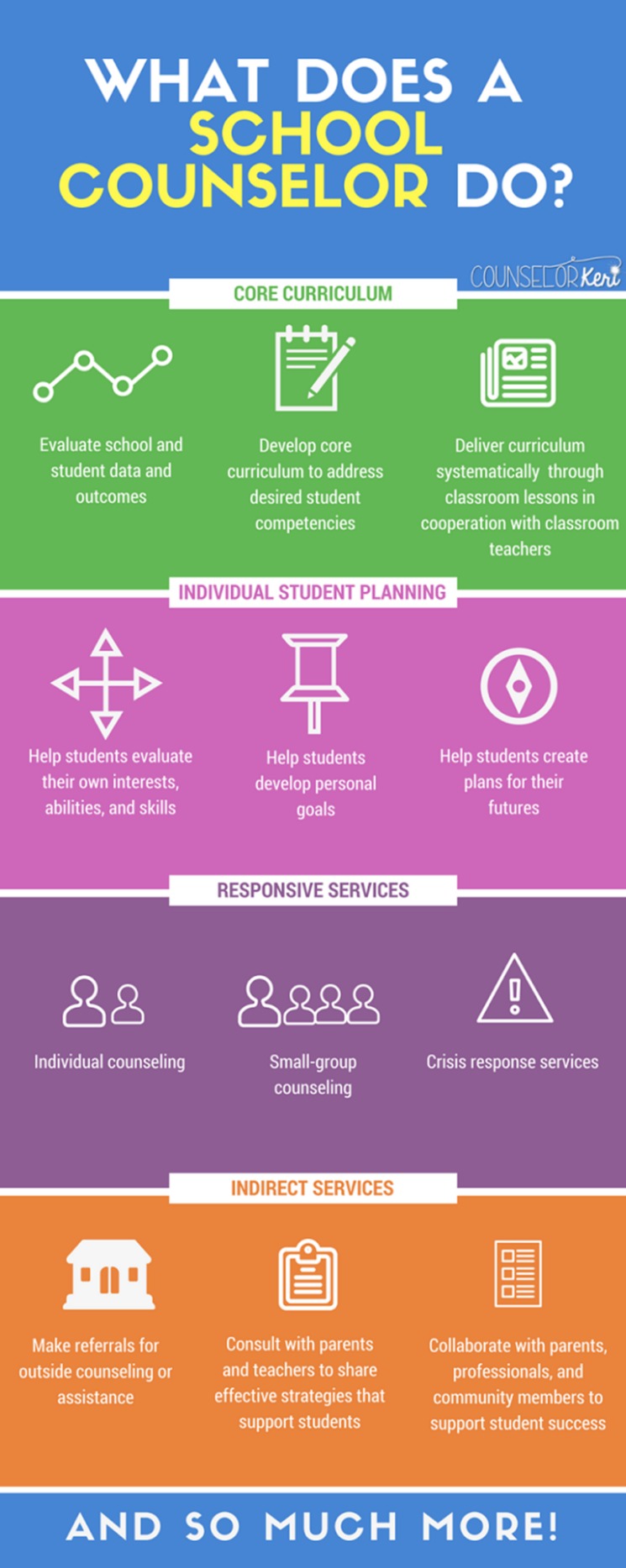From Stabilization to Strength: A Holistic Guide to Recovery Counseling, Peer Support, Case Management, and Crisis Intervention
Building the Foundation: Recovery Counseling and Addiction Counseling That Work Together
Effective change begins with a clear, compassionate framework. In the helping professions, recovery couseling and addiction counseling often overlap, yet each offers a distinct lens. Recovery counseling centers the long arc of healing—identity, purpose, relationships, and resilience beyond symptom reduction. Addiction counseling focuses on substance use patterns, triggers, coping strategies, and evidence-based interventions that reduce harm and foster abstinence or safer use. Together, they create a continuum that meets people exactly where they are, then supports where they want to go.
Evidence-based modalities anchor this work. Motivational Interviewing strengthens a person’s own reasons for change without confrontation. Cognitive Behavioral Therapy challenges unhelpful thoughts that feed cravings and high-risk behaviors, while Dialectical Behavior Therapy adds skills for emotion regulation and distress tolerance. For many, medication-assisted or medication-based treatment complements therapy, easing withdrawal, stabilizing neurochemistry, and lowering risk of overdose. A trauma-informed stance—recognizing how adversity shapes behavior—ensures care reduces triggers rather than recreating them.
Recovery is multidimensional, so counseling should be too. Family and couples sessions rebuild trust and clarify roles. Cultural humility invites practices aligned with a person’s values and community norms. Measurement-based care tracks progress through brief assessments, adjusting plans when progress stalls or life changes. Relapse prevention is reframed as learning: identifying early warning signs, rehearsing refusal skills, and building buffers like sleep hygiene, movement, and meaningful daily structure.
Technology can extend the therapeutic alliance beyond the office. Secure messaging, telehealth, and recovery apps prompt daily check-ins, support medication adherence, and provide just-in-time coping tools. More importantly, counseling centers a person’s strengths—creativity, perseverance, humor, spirituality—as part of a personalized recovery identity. Over time, people move from short-term stabilization to lasting growth, redefining success not just as “not using,” but as living a life that feels worth protecting.
Community in Action: Peer Support and Case Management as Engines of Sustained Change
Behavioral health outcomes improve dramatically when professional services are paired with real-world scaffolding. Peer Support brings the wisdom of lived experience to the forefront. Peers normalize struggle, model hope, and share practical strategies that textbooks miss—how to handle lonely weekends, what to say at family gatherings, how to turn a slip into a learning moment. Their authenticity helps reduce shame, a major barrier to engagement. Peers also foster accountability, helping people stick with therapy, groups, and medication plans through the tough stretches.
Practical barriers derail progress as often as clinical ones. That’s where coordinated Case Management becomes essential. Case managers navigate housing applications, connect clients with job training, arrange transportation, address food insecurity, and coordinate benefits—issues rooted in social determinants of health that can otherwise trigger crisis or relapse. Warm handoffs to community resources shorten the gap between referral and service, while collaboration with providers ensures no one falls through the cracks.
Ethics and boundaries are central to this ecosystem. Peer specialists adhere to defined role clarity, championing self-determination without drifting into therapy or clinical advice. Case managers maintain confidentiality while advocating assertively, aligning supports with a person’s stated goals. Together, these roles cultivate autonomy: the ability to make informed choices, develop problem-solving skills, and take ownership of recovery in daily life.
Consider a realistic scenario. A client nearing discharge from residential treatment fears returning to a neighborhood with frequent triggers. A peer specialist helps map safe spaces and rehearse “exit lines” for high-risk invitations. The case manager secures transitional housing close to employment opportunities and schedules an intake with a local clinic. Therapy continues via telehealth, with weekly goals and behavioral activation tasks. When the client faces an unexpected stressor—a shift change that disrupts sleep—this support network adjusts quickly: the peer checks in daily, the counselor revises coping plans, and the case manager negotiates a new work schedule. The result is stability, not setback.
Staying Safe and Moving Forward: Crisis Intervention as a Bridge to Ongoing Care
Recovery is not linear. Moments of acute risk—overwhelming cravings, panic, grief, suicidal thoughts, or overdose—require swift, structured responses. Crisis Intervention is the immediate stabilization that restores safety and control. It prioritizes nonjudgmental de-escalation, rapid risk assessment, and clear next steps. Grounding techniques, paced breathing, and brief problem-solving can interrupt spirals, while safety planning outlines warning signs, internal coping strategies, and people to contact. Whenever imminent danger appears, emergency services and 988 Lifeline resources activate without delay.
Effective crisis response is proactive as much as reactive. Counselors, peers, and case managers collaborate on written crisis plans early in care, rehearsing how to use them before distress peaks. For those with co-occurring disorders, plans integrate medication strategies and contact information for prescribers. Harm reduction practices—carrying naloxone, using with a trusted person present, or accessing syringe services—save lives and keep the door open to long-term change. After stabilization, compassionate follow-up within 24 to 72 hours helps prevent the revolving door of repeated crises.
Systems-level readiness matters. Agencies that train staff in collaborative assessment and de-escalation techniques can respond effectively without resorting to coercion. Partnerships with emergency departments, shelters, and outpatient clinics support warm transitions. Clear communication protocols protect privacy while sharing essential information for continuity of care. Telehealth and mobile crisis units increase access in rural areas or for people with transportation challenges, reducing the time between a cry for help and an actual helping hand.
Consider the impact when an overdose is reversed in the field. A peer responder offers reassurance and practical next steps, avoiding shame. A clinician connects by phone the same day to schedule a low-barrier appointment, while the case manager coordinates transportation and explores insurance coverage for medication-assisted treatment. Within a week, the person begins counseling, receives naloxone training, and sets up a simple wellness routine. This approach reframes crisis as a turning point. Instead of an endpoint, it becomes a bridge back to stability, where recovery counseling, addiction counseling, Peer Support, and strong coordination sustain progress long after the immediate danger passes.


Leave a Reply